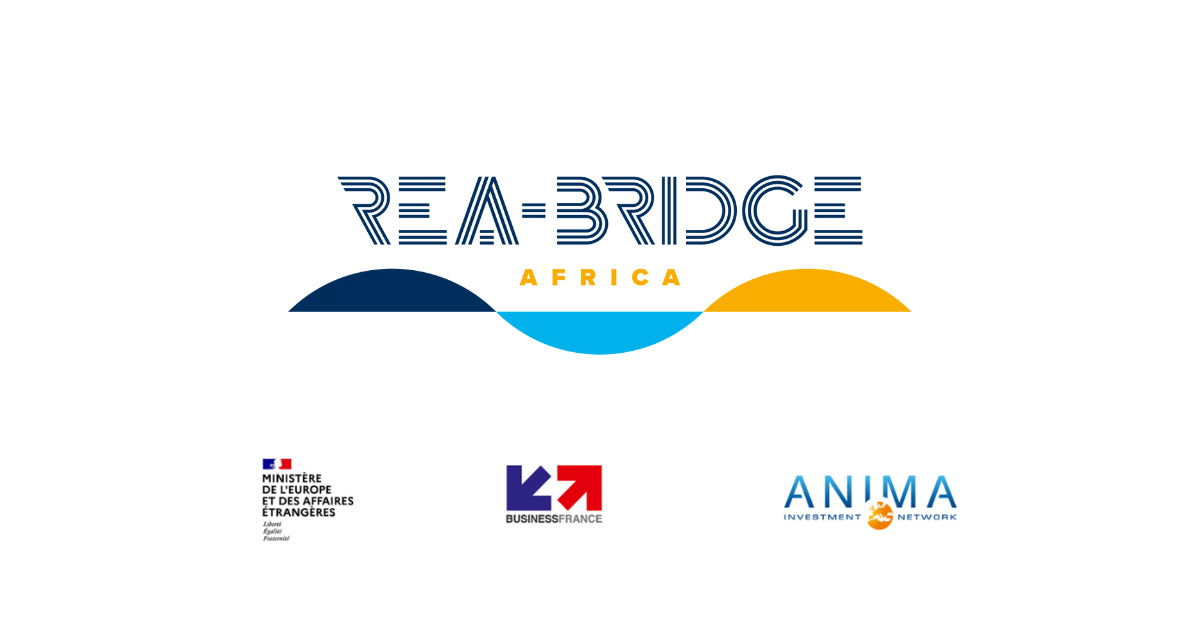At Technopolis, we understand and support the policy drive for evidence-based decision making and thus the increased need for capabilities to harvest relevant data in a deluge of factoids, as well as the need for competences to extract actionable knowledge. We believe that more information is not necessarily better and that data-gathering and -crunching can easily become a goal in itself. Knowing the value of the data that is used is the first step in wielding it as a tool to improve policies. Second is the capability to live up to the promise of data-driven policy and decision-making by actually performing data mining, linking and visualisation tasks within the policy fields that we are most knowledgeable of.
More is different
In the age of data, we come to realise that whereas previously lack of data was a major issue for (policy) researchers. Now, in some specific cases, there is a data deluge. This means that there are different ways of gathering data, different ways of analysing it, and different levels of analysis. Policy researchers and their clients need to understand that at a certain moment there is no feasible way for humans to check each data point that constitutes a data set. Rather than presenting an absolute, certified truth, decision makers have to get used to a probabilistic (most likely) truth, based on the data gathering efforts available.
Finding out whether a data set is valid (enough) requires an intimate knowledge of its structure, and the ways in which the data is gathered. Finding out the use of large data sets, is about identifying patterns and trends, rather than attaching high value to individual measurements.
The transaction costs of data
Capturing, storing, analysing, curating, interpreting, and preserving data takes time and effort. Nowadays, some may think that data is ubiquitously available, but tend to forget that quantity does not equal quality (even though quantity sometimes is a quality). More is not always better. It is therefore important to judge whether the added value of data is worth the effort of managing it. On one hand, we aim to push the boundaries of our efforts to capture relevant data, on the other hand we have to admit that a well-chosen case study may provide more actionable insight than a large data exercise. Knowing when to use what method is key.
The most suitable method to track whether an ecosystem or network has been developed is through a Social Network Analysis (SNA). A SNA allows to reveal changing patterns of relationships, to identify and pinpoint key actors who play different roles in the development of the network over time. Through a SNA the formation and persistence of communities of practice could be mapped.
Technopolis employed a SNA for the Oncode Institute, which was interested in how their funding affected the type and degree of collaborations between its researchers. A bibliometric analysis provided the data that was used as input for the SNA.
The transitory nature of facts
It is important to realise that data is transitory: it tends to get outdated and needs to be kept up-to-date. We understand that in dealing with data, sources, measurement times and methods need to be tracked. There is a trade-off between timeliness and accuracy: “official”, “correct” data (e.g. from statistical offices) has a time lag and may only be useful for historical analysis, whereas “unofficial” data (e.g. from citizen science projects or artfully interwoven different datasets) may be less trustworthy.
Our data management skills
In the broad field of science, technology and innovation, in which Technopolis is most active, we are keenly aware of (open) data sources and their use. In our work we aim to apply and advise our clients on the uses and nature of data. We have the capabilities to extract data from different sources, clean it using different techniques, and perform analyses under high time pressure. Examples are the use of Named-Entity Recognition to explore business-university collaborations, based on information from multiple company databases and thousands of websites. Harnessing such data sources can reveal unique details about firms that cannot be found in any statistical data.
We have an inhouse data team that shares information and insights. Not only are we fluent in a range of natural languages, we also master a host of programming languages and tools (R, Python, STATA, SQL, LaTeX, JAVA, Markdown, …). Across our offices, we have the tools and the experts to turn raw data into insightful information. Finally, we have inhouse communication experts that help turn statistics into stories and can select the right channels to convey understandable messages on our work: visualisation and infographics that provide meaningful information.
EASME and DG GROW tasked Technopolis Group and partners to explore whether and how manufacturing companies integrate services, a process called servitisation. One part of the study was to measure (and forecast) the level of servitisation across industries and countries, and another was to explores drivers and barriers of servitisation. For this purpose, our team combined several research methods, such as a large-scale survey, web scraping and text mining.
Recent projects by Technopolis
- Monitoring the Digital Transformation and KETs
- Skills for SMEs: Supporting specialised skills development: Big data, Internet of things and Cybersecurity for SME
- Study on the potential of servitisation and other forms of product-service provision for EU SMEs
- Big Data for Evidence-Informed Policy
- Evaluation of Program Anzisha at Scale: a pan-African initiative to stimulate, nurture, celebrate and scale Africa’s youngest entrepreneurs and catalyse the ecosystem that supports
- Bibliometric Analysis and Social Network Analysis for Oncode
- Impact Assessment of Institutionalised Partnerships under Horizon Europe





